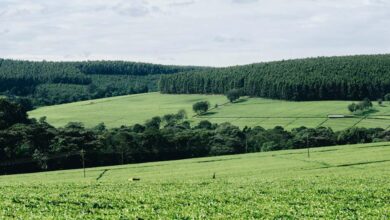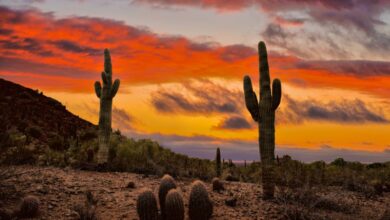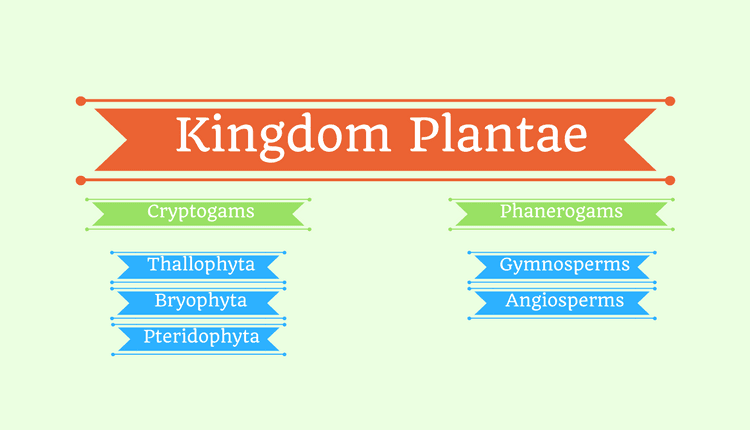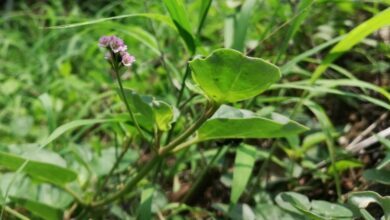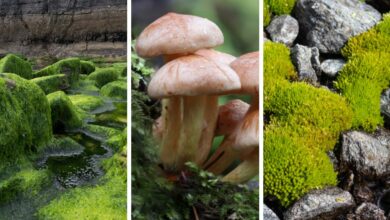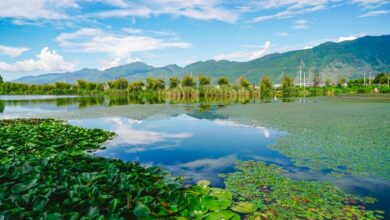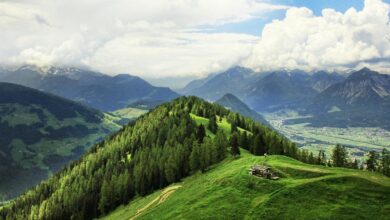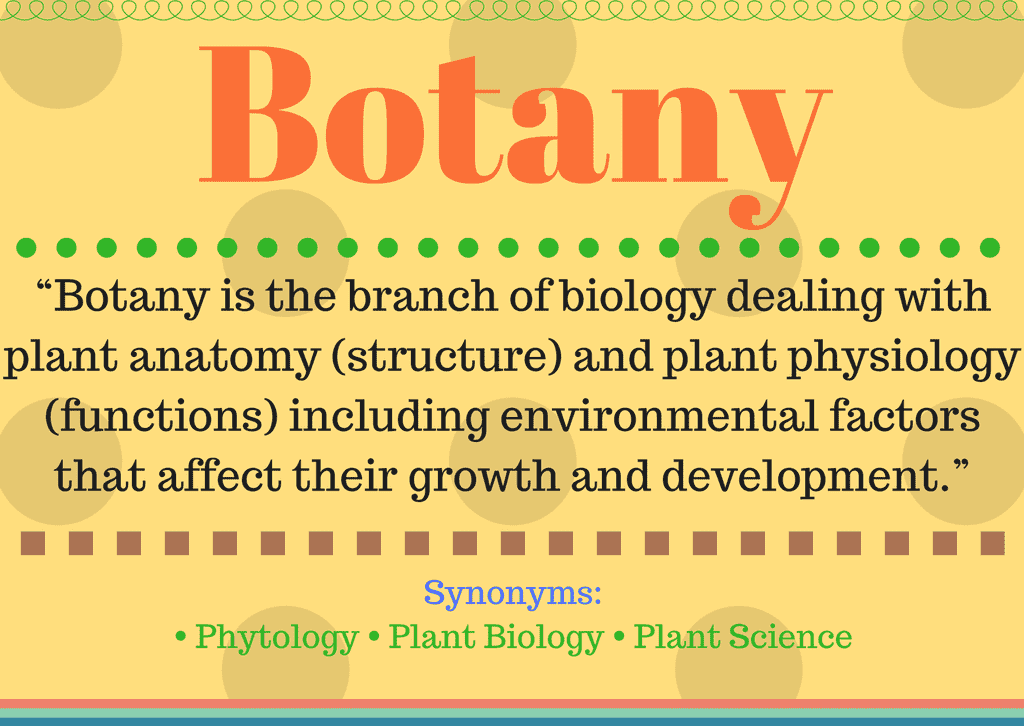Habitat
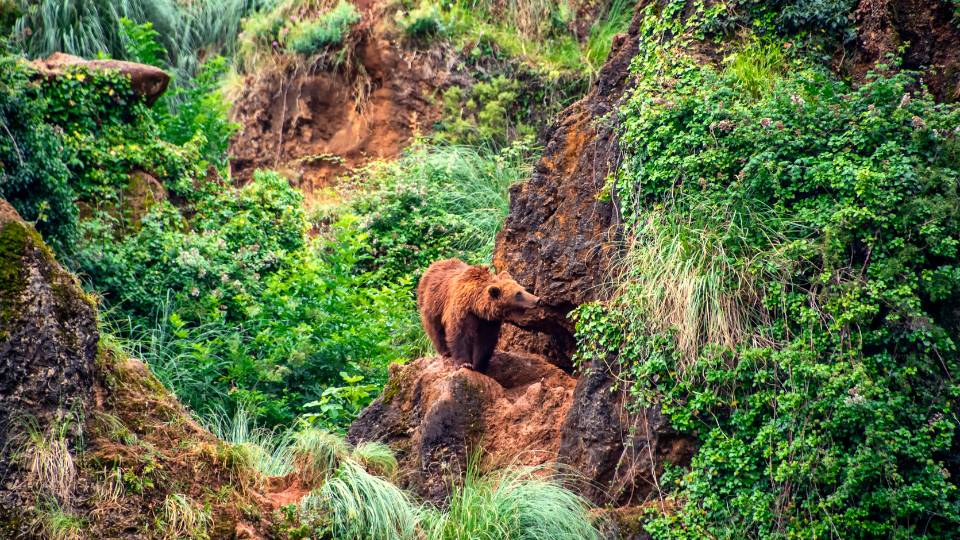
Habitat refers to the natural environment in which a particular species of plant or animal lives and thrives. In botany, a habitat is the specific location or type of ecosystem where a plant species is found and is able to grow and reproduce successfully.
Types of Plant Habitats
There are many different types of habitats for plants, each with its own unique set of physical and environmental conditions. Some common types of plant habitats include:
| Habitat | Characteristics | Examples of Plants |
|---|---|---|
| Forests | diverse, trees, shrubs, herbs, varying levels of sunlight, soil type, and moisture | Oak, Pine, Maple, Ferns, Orchids |
| Grasslands | grasses, herbs, non-woody plants, low rainfall, | Grasses, wildflowers, Sagebrush, Buffalo Grass, |
| Deserts | extremely low rainfall, high temperatures, drought-tolerant plants | Cacti, Joshua trees, succulents, Agave |
| Wetlands | water, marshes, swamps, bogs, diverse range of plants | Cattails, reeds, rushes, mangroves, water lilies |
| Mountains | high altitude, low oxygen levels, extreme weather | Alpine plants, mosses, lichens, small shrubs, dwarf trees |
Forests
Forests are one of the most diverse habitats for plants, and they can be found in a wide range of climates and regions around the world. Trees, shrubs, and herbs are all common in forest habitats, and they are adapted to the specific conditions of the environment, such as the amount of sunlight, soil type, and moisture levels. Forests are divided in different types such as tropical, temperate and boreal, each one of them is different in terms of species composition, precipitation, temperature and altitude. Also, forest can be classified as evergreen or deciduous, based on the leaf retention of the trees.
Grasslands
Grasslands, also known as prairies or savannas, are another common habitat for plants. These habitats are characterized by grasses, herbs, and other types of non-woody plants. Grasslands are found in many different regions, including the Great Plains of North America, the steppes of Asia, and the savannas of Africa. Grasslands can be classified as tropical or temperate, the tropical ones tend to have more rainfall and a greater diversity of grasses and herbs, while temperate grasslands are characterized by less rainfall and a dominance of grasses over herbs.
Deserts
Deserts are a habitat characterized by extremely low rainfall and high temperatures, and this harsh environment has led to the evolution of plants that are specially adapted to survive in these conditions. Cacti, succulents, and other drought-tolerant plants are common in desert habitats, and they are able to survive long periods without water. Deserts can be classified as hot or cold, the hot deserts are found near the equator and characterized by high temperatures and low rainfall, while cold deserts are found in higher latitudes and characterized by low temperatures and low rainfall.
Wetlands
Wetlands are habitats that are characterized by water and include swamps, marshes, and bogs. These habitats are home to a wide variety of plant species, including cattails, reeds, and other marsh plants. Wetlands are also important for many types of wildlife, as they provide a source of food and shelter for many animals. Wetlands can be classified as freshwater or saltwater, each one of them have different types of plants and animals.
Mountains
Mountains are habitats for many plants that are specifically adapted to thrive in these harsh environments characterized by high altitude, low oxygen levels and extreme weather. Alpine plants that grow on mountains have shorter height and have thicker leaves to deal with wind, snow, and cold temperatures. The altitude, temperature and exposure to sunlight will vary depending on the location and the mountain range.
Conclusion
In conclusion, Habitat plays a crucial role in determining which plant species can grow and thrive in a specific area, and understanding the unique conditions of different habitats can help us to better understand the diversity of plant life on our planet. Each one of the plant habitats mentioned above, have different environmental conditions and this shape the characteristics of the plants that live in those areas, leading to a great diversity among the plant species.

